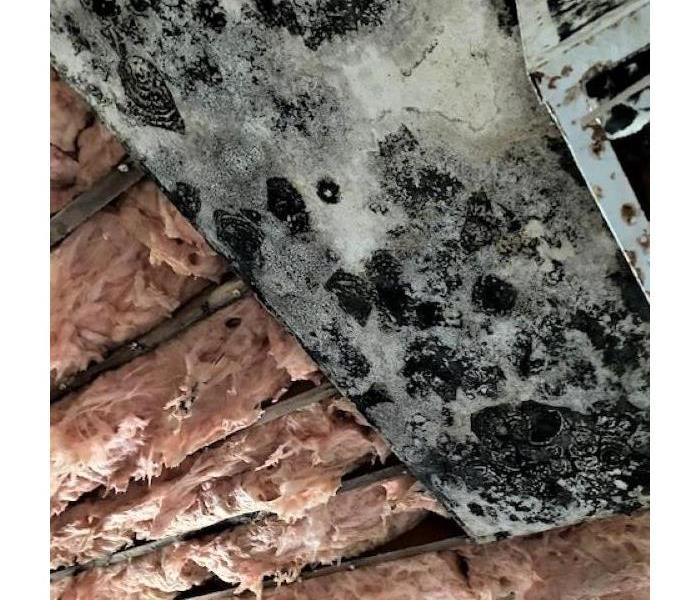Clearing the Air: Mold Remediation in Commercial Properties
5/2/2024 (Permalink)
Mold growth in commercial properties is more than just a nuisance; it poses serious health risks to occupants and can lead to costly structural damage if left untreated. From office buildings to retail spaces, mold can thrive in any environment where moisture is present. In this blog post, we'll explore the importance of mold remediation in commercial properties and the steps involved in this critical process.
The Impact of Mold in Commercial Spaces
Mold is a type of fungus that thrives in damp, humid environments. In commercial properties, common sources of moisture include leaky pipes, roof leaks, poor ventilation, and flooding.
The Importance of Mold Remediation
Mold remediation is the process of identifying, containing, and removing mold growth from affected areas. In commercial properties, this task is best left to trained professionals who have the expertise and equipment to handle mold remediation safely and effectively. Here's why mold remediation is essential for commercial properties:
Protecting Occupant Health: The health and safety of building occupants should always be a top priority. Mold remediation helps mitigate health risks associated with mold exposure, creating a safer and healthier indoor environment.
Preserving Property Value: Mold growth can compromise the structural integrity of a building and damage valuable assets such as furniture, equipment, and inventory. Prompt remediation helps prevent further damage and preserves the property's value.
Maintaining Business Continuity: Mold infestations can disrupt business operations, leading to downtime, lost revenue, and reputational damage. By addressing mold issues swiftly, businesses can minimize disruptions and maintain continuity.
Compliance with Regulations: Commercial properties are subject to various regulations and building codes governing indoor air quality and safety standards. Failure to address mold issues can result in regulatory fines and penalties.
The Mold Remediation Process
Mold remediation in commercial properties typically involves the following steps:
Assessment and Inspection: Trained professionals conduct a thorough assessment of the property to identify areas of mold growth and determine the extent of the infestation.
Containment: Containment measures are implemented to prevent mold spores from spreading to unaffected areas during the remediation process. This may involve sealing off contaminated areas and using negative air pressure to contain airborne spores.
Removal of Mold: Mold-infested materials are safely removed and disposed of according to industry best practices and regulatory guidelines. Specialized equipment such as HEPA vacuums and air scrubbers may be used to capture mold spores and prevent further contamination.
Cleaning and Sanitization: Affected surfaces are thoroughly cleaned and sanitized to remove any remaining mold spores and prevent regrowth. Non-porous materials may be cleaned with antimicrobial solutions, while porous materials may need to be replaced.
Moisture Control: Addressing the underlying moisture problem is crucial to preventing future mold growth. This may involve repairing leaks, improving ventilation, and implementing moisture control measures such as dehumidification.
Post-Remediation Verification: After remediation is complete, air quality testing may be conducted to ensure that mold levels have been successfully reduced to safe levels.
Mold remediation is a critical process for safeguarding the health and integrity of commercial properties. By addressing mold issues promptly and effectively, businesses can protect occupants, preserve property value, and maintain business continuity. With the help of experienced professionals, commercial property owners can ensure a safe and healthy indoor environment for all occupants.




 24/7 Emergency Service
24/7 Emergency Service